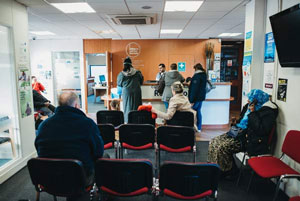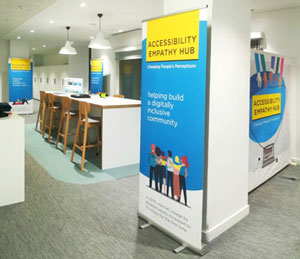
A fully inclusive government service is one that can be accessed and successfully completed by all its users. They will be able to interact however they need to, regardless of their personal characteristics, situations, capabilities or access needs.
There are many benefits to designing and building inclusive services.
- Providing an accessible service will result in a better experience for everyone, not just our disabled customers
- We will be meeting our legal requirements
- Equality Act 2010, we have a legal obligation to provide equal access to people with disabilities
- Public Sector Accessibility Regulations 2018, we have a duty to be proactive in making things accessible
- It’s more cost-effective if all users can use a single digital service rather than developing multiple, costlier services catering for specific needs
- By thinking about accessibility and inclusion from the start you can avoid costly rework at the end of a project
